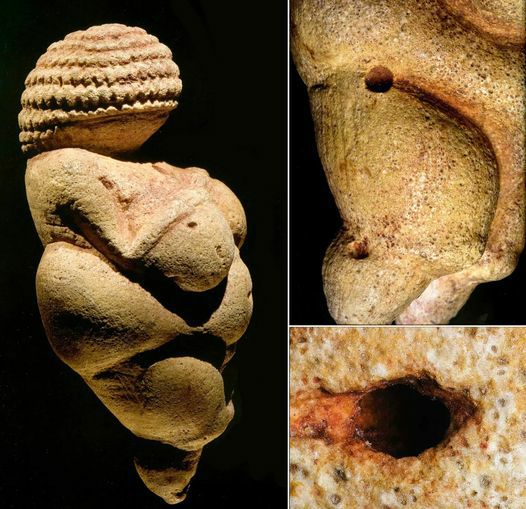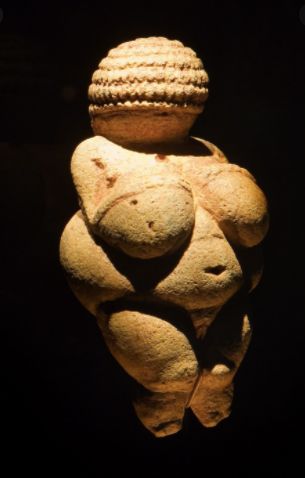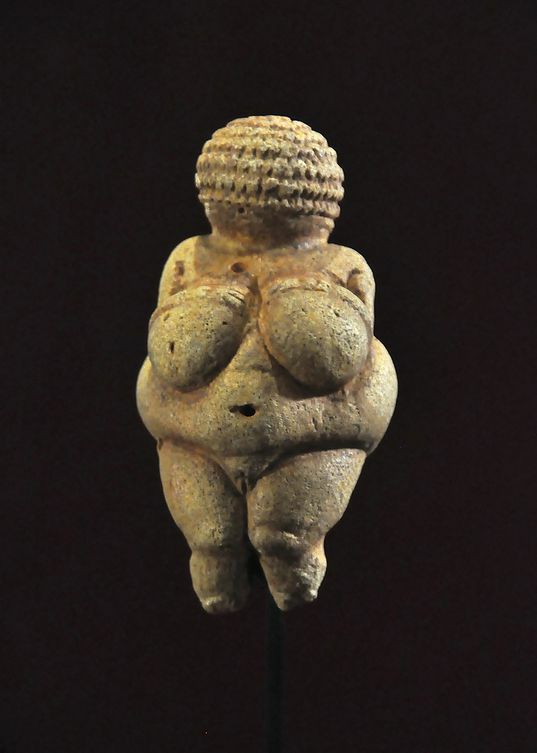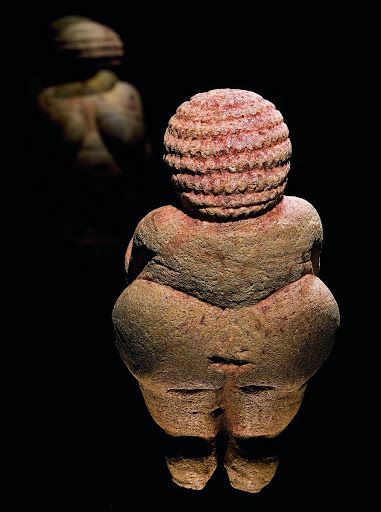Willendorf’s Enigmatic Venus: Early European Art and Its Origins.
The Venus figurine from Willendorf, which measures almost 11 cm in height, is indeed one of the most significant examples of early art in Europe. It is a small sculpture depicting a female figure and is estimated to have been created between 28,000 and 25,000 BCE during the Paleolithic period.
The Venus of Willendorf is made of a type of limestone known as oolite. Interestingly, oolite is not a rock commonly found in or around the region of Willendorf, which is located in Austria. High-resolution tomographic images have provided insights into the origin of the material used to carve the figurine. It is believed that the oolite used for the Venus of Willendorf likely originated from northern Italy.
This discovery suggests that the material was likely sourced from a distant location and transported to the region where the figurine was created. The use of this specific rock from northern Italy highlights the significance and intentional selection of materials by the prehistoric artist who created the Venus of Willendorf.
The Venus of Willendorf holds great archaeological and artistic importance, as it offers valuable insights into the creative expression, symbolism, and representation of the human form during the Paleolithic era.
Hits: 0






